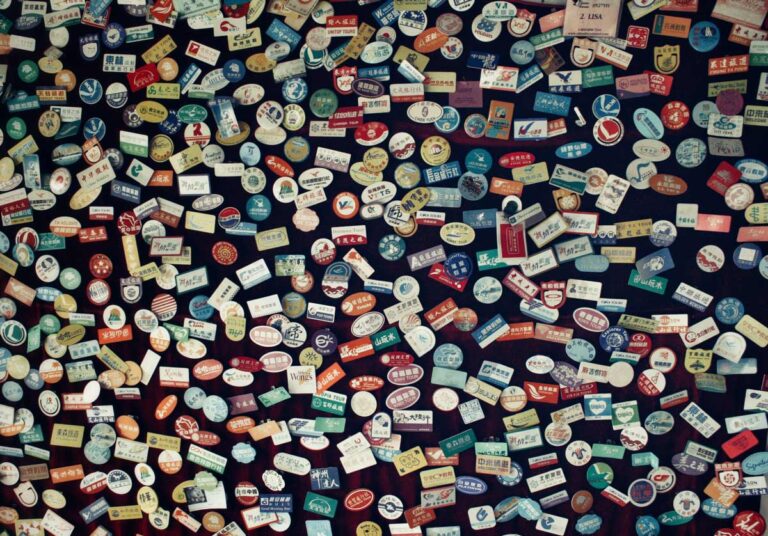Logo detection explained: how does it work for brand awareness?
Logo detection is a technology that identifies logos in images and videos. The technology’s object detection algorithm enables detecting where a particular object is, either on an image or a video. As an input, the application programming interface (API) takes an image and then outputs logo coordinates. By doing so, it finds all the logos in an image or a video and returns their locations. Logo detection has many useful applications across different sectors. Particularly, it can offer various benefits for companies looking to improve their marketing strategies to build brand awareness more effectively.
How to use logo detection to measure event sponsorship return on investment
Building a strong brand identity and general brand awareness is important for companies, which is why most of them invest in event sponsorship to establish their authority with their target market and in turn increase their brand visibility. Event sponsoring is a confirmed marketing strategy to build brand awareness, however, using logo detection technology to measure the return on investment (ROI) from such sponsorship delivers more accurate results.
Logo detection allows brands to figure out the frequency their logos appear on social media platforms and elsewhere online and exactly how they appear. For example, if a company has an advertising board promoting the company at an event, this system may be used to track how often the company’s logo is displayed on TV during the broadcast of the event.
Marketing agencies can also apply this technology to deliver more insightful marketing results for their clients as to how the target consumers interact with their brand online. Logo coverage measurement through this technology may also be a perfect tool for TV advertising companies, which can make specific offers with clear ROI and post-event performance metrics.
That way, by putting together results from different media platforms, companies can analyse any media coverage of a sponsored event and evaluate the ROI for each campaign. Getting this data makes it easy to calculate the advertising value, evaluate the overall impact of the sponsorship campaign and define the most significant events to sponsor.
Monitoring customer feedback through logo detection
Logo detection technology comes in handy for monitoring customer feedback based on daily uploads on social media platforms. For example, during sports sponsorship events, the technology may be used to detect where a logo is displayed during a game, how often it appears, and who is sharing content with the logo on social media. In that way, the technology enables a type of social media monitoring that helps brands understand how consumers engage with their company both during and after a sports game.
In most cases, images or videos on social media containing a brand’s logo aren’t linked to that brand. This means that marketers cannot see all brand mentions or hashtags and are not even aware of the real attitude and feedback of consumers towards their company. With logo detection technology, brands can instead easily identify the images or videos where their logo appear which have been published on social media platforms without any tag mention or hashtag. Having access to all this data allows companies to build a truly realistic image of their brand presence on social media and measure brand awareness among target customers in general.
Brand identity protection and logo detection
Another useful application of this technology is brand identity protection. With logo detection, it’s easier to prevent fraud and keep a specific brand safe from counterfeit attempts. Adding this tool to a company’s protection strategy can help find fraudulent or harmful content involving a brand on any online platform. As over 80 per cent of branded images don’t include a textual mention of that company, which means it becomes very important to take additional safety measures for protecting brand identity.
In addition, if there is an attempt to imitate a brand in any way using their logo, this tool can find it quickly and easily. This will allow a brand to act on time and remove or report the content before it can cause any serious damage to its image and reputation.
Counterfeiting has become a major issue within the world of retail and e-commerce and highly impacts the reputation of brands. It can even harm and put consumers in danger as many fake products contain harmful components or ingredients. Using this AI-powered technology can help prevent fraud cases by detecting and eliminating e-commerce listings containing fake logos before any potential customer purchases them.
Companies can significantly benefit from logo detection technology. It helps brands measure their logo coverage, track their brand perception, secure their brand value and increase the effectiveness of their marketing campaigns. Logo detection technology is a great solution for companies to continuously improve their awareness and better understand the user experience to reach a larger audience.





